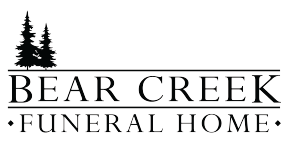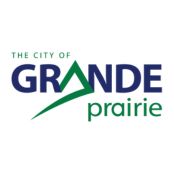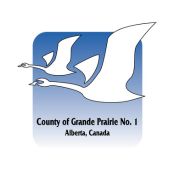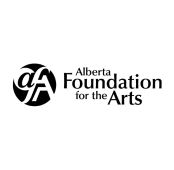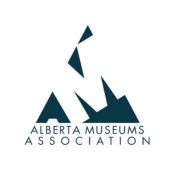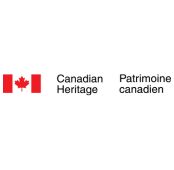Independent Student Exhibition
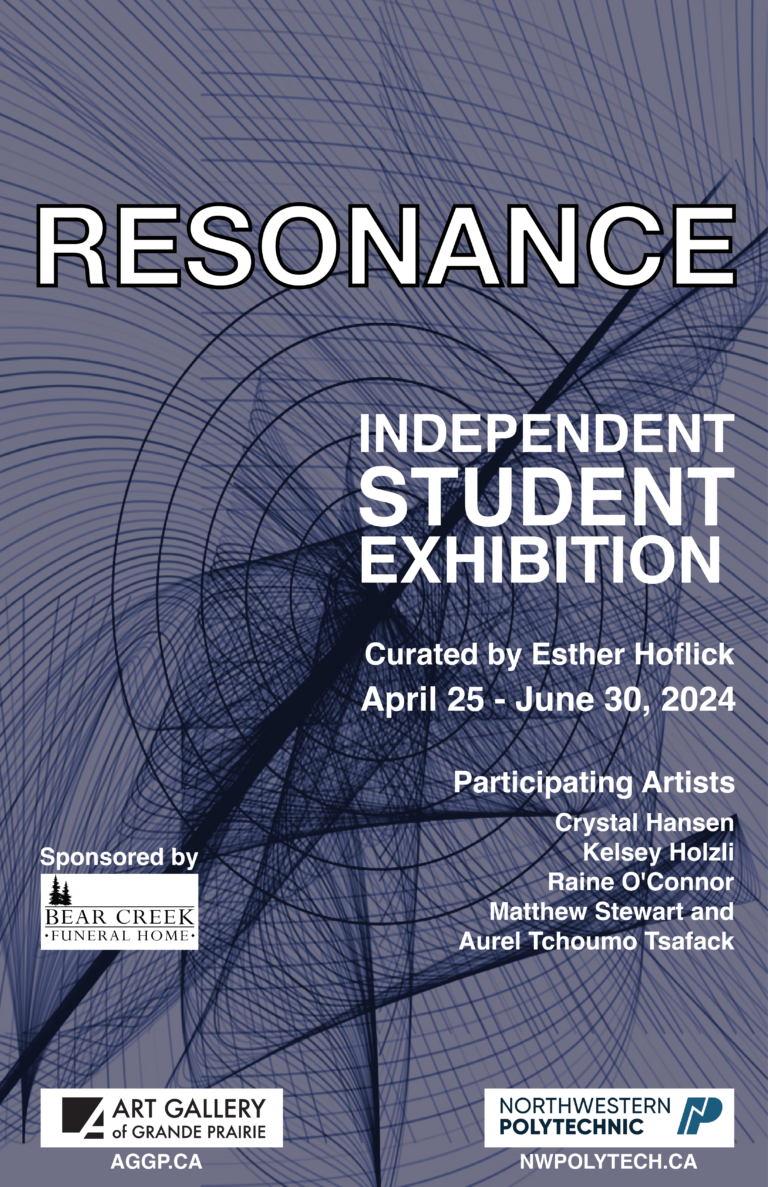
Resonance
Independent Student Exhibition
April 25, 2024 - June 30, 2024
Resonance encapsulates the collective research of five Special Studio Projects Students from Northwestern Polytechnic’s Visual Arts Program. Under faculty mentorship, the Special Projects course emphasizes independent creative exploration and critical inquiry within a supportive community of peers.
These students spent the year cultivating their unique artistic voices, pushing boundaries, challenging conventions and navigating the intricate tapestry of human experience in their work. Through diverse mediums and perspectives, the exhibition sheds light on the universal themes of identity, memory, and interconnectedness that bind us all. Each artist brings a unique voice to the conversation, yet together, they create a narrative that transcends individuality, inviting viewers to contemplate shared experiences that unite humanity.
Through the convergence of diverse voices, the exhibition becomes a testament to the beauty of human resilience and the profound interconnectedness that binds us all.
Curated by Esther Hoflick
Participating Artists
Crystal Hansen, Kelsey Holzi, Raine O’Connor, Matthew Stewart, and Aurel Tchoumo Tsafack
About The Artist
Crystal Hansen
Nature is an integral part of our daily lives, whether we reside in bustling cities or serene countryside. It connects us to our surroundings and environment. I use sculptures made from natural materials to explore how nature can help us reconnect with an urban environment.
The process of reintroducing nature into urban areas to create balance between nature and inhabitants is known as Rewilding. Through this trend, I examine how nature has impacted local urban areas. I do this by observing the role nature plays in my personal experiences.
Each sculpture is an exploration of how nature connects me to my environment. For instance, how trees appear to observe us as we walk through the woods, how we attempt to contain and manipulate the environment in a sealed ecosystem, the inherent beauty of the ancient earth beneath our feet, and the nature of wildfires as both destructive and essential to revitalize an ecosystem.
Kelsey Holzi
My work depicts the human body with animalistic and supernatural elements. I am inspired by folklore, death positivity and reclamation of nature. I have experienced a darkened outlook on life since childhood. Being a late diagnosed neurodivergent person was a catalyst for past struggles. Through introspection, I have changed my perspective and have a better understanding of myself and the collective. With my diagnosis I have discovered how my brain works and it’s effect on my intuitive process. I find expressing my own past trauma through my work aids in my healing journey and others. With this new knowledge I was able to peel back the layers of what was expected of me and found my core self as a person that doesn’t fit in the gender binary.
I combine painting and sculpture with found materials, exploring texture through adding and subtracting. Mediums I use are paper clay, polymer clay, acrylic, oil, watercolor, fabric, uv resin, uv pigment and plaster. My work can be described as emotionally expressive, whimsical, with an ethereal atmosphere. I use an intuitive approach to my work while delving into emotions and themes I am wanting to express.
I find using my personal experiences and exploration in my work as therapeutic. The darker themes in my work invite the viewer to contemplate their own mortality and connections to their inner and outer world. My work explores connections between the self, spiritual and natural world. I invite the viewer to engage in introspection as healing the self can help in healing the collective.
Raine O’Connor
I am a painter and drawer, and through these mediums, I aim to explore the nature of what objects are and how the environment can affect how we see such objects. Through acrylic paints and charcoal, I attempt to create a void space, inside which everyday objects can appear to be floating. The unknown space within which I present the objects allows me to explore the idea of objects being known intimately‐ outside of the confines of everyday uses. Essentially, I am allowing a new conversation to happen about, or with the objects I am presenting. Through the void space I have created in each work, as well the lighting in which each object is displayed, I aim to present the idea that everyday objects have a personality. In essence, I am aiming to explore the nature of how objects are interacting with space, as well with our view of the objects.
I try to understand how an object is built up, in order to do so, I sit down with the objects and understand how the light can affect them. In doing so, I get an understanding with the objects that feels similar to learning the personality of someone I would meet in the outside world. In an attempt to give the viewer a similar experience, I give each object a person's name. These names reiterate the idea of the interview, adding to the depth with which I am representing the objects.
I chose everyday objects to be the center of my series as a way to show as much as we see people and objects each day, we may not know what is going on with each other, or the objects. This choice was made to help you find a familiar footing with each object as you view my work and to build a greater sense of understanding to the objects you will see around you in the future. The objects with broken parts were chosen to represent the struggles of daily life, and how even with each crack or break, we can come back together, even more wonderful than before.
Matthew Stewart
I am drawn to the cyclic relationship between memory, trauma, and place. I find myself drawn to the way these relationships inform identity; how one can translate a collection of personal impressions into their own symbolic language. I’ve begun to focus on the impact that the past can have on personal identity. Like a stain, the past permanently alters the fabric of our memory. As a critical analysis, I often find myself considering the symbolic structure of my identity during the creation of my work, as well as being forced to confront the rationalization of my own trauma. In choosing specific personal experiences, I have allowed them to continue to inform my creative path, like a dog chasing its own tail in an endless pursuit of a tangible and understood part of the self.
I keep a myriad of supplies on hand, and attempt to let intuition inform the development of any given work; a process that may appear erratic from an observer’s point of view, but for me functions as a process of introspection. Acrylic, charcoal, and pastels are my usual materials of choice, which I supplement with handmade pigments sourced from a variety of local and personal sources. My surfaces vary from traditional canvas, to discarded plywood and old fabric. These surfaces have a life of their own, adding to the depth and meaning of the work. The subjects of my work are referenced from a combination of family photographs and personal memory, which are then transplanted into present‐day landscapes and collages. Overall, my practice is a journey into my own symbolic language, of place and memory and yet, the more I articulate this language, the more I realize it may be speaking to the collective as much as the individual.
Aurel Tchoumo Tsafack
My work is a continuous research on my identity, the hidden history of Africa and the celebration of black excellence. My work also raises concern about the cultural genocide and exploitation of Africa which has been going on for centuries.
I allow my fluctuating moods, ideas and the circumstances of life to influence the style and media that I use to illustrate these concepts. Currently my artwork uses mixed media because it allows for a flexibility that captures the intricacies of these concepts. My inspiration mainly comes from finding objects, music, and historical information. It might originate from a speech, a poem, a song, or even the shape and form of an object that is laying around. The influence could come not only from African art but also from the creations of the great masters.
Bright colors have traditionally been a primary means of expressing African culture. Colors have a symbolic quality in many aspects of my work since they stand for a range of feelings, customs, spirituality, and triumphs. For instance, the colors yellow and gold stand for prosperity, wisdom, spirituality, fertility, and beauty. Black is associated with death, spiritual force, royalty, and maturity. On the other hand, blue represents unity, harmony, abundance, and love. I incorporate "black" individuals as well as African motifs to rework old master paintings in a way that will fascinate my audience and get them to engage with the artwork. Through performing this, I also hope to bring back black art, which was for centuries neglected and judged unfairly. Africa has been going through turmoil for generations, which has culminated in the loss of a significant portion of its culture. As a consequence, many African youth today, including myself, are searching for their lost roots. My paintings are a way to find these roots again.

